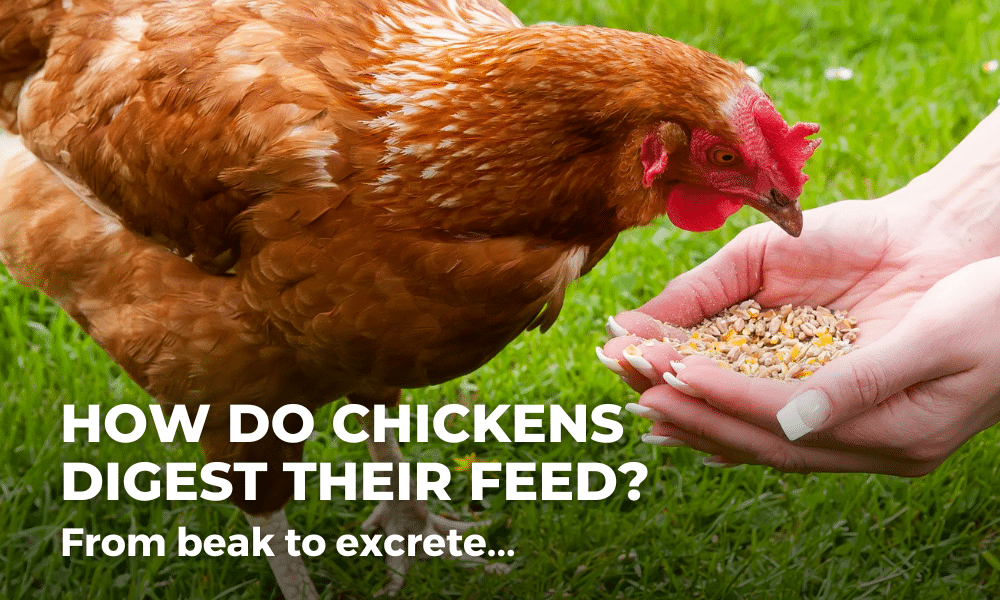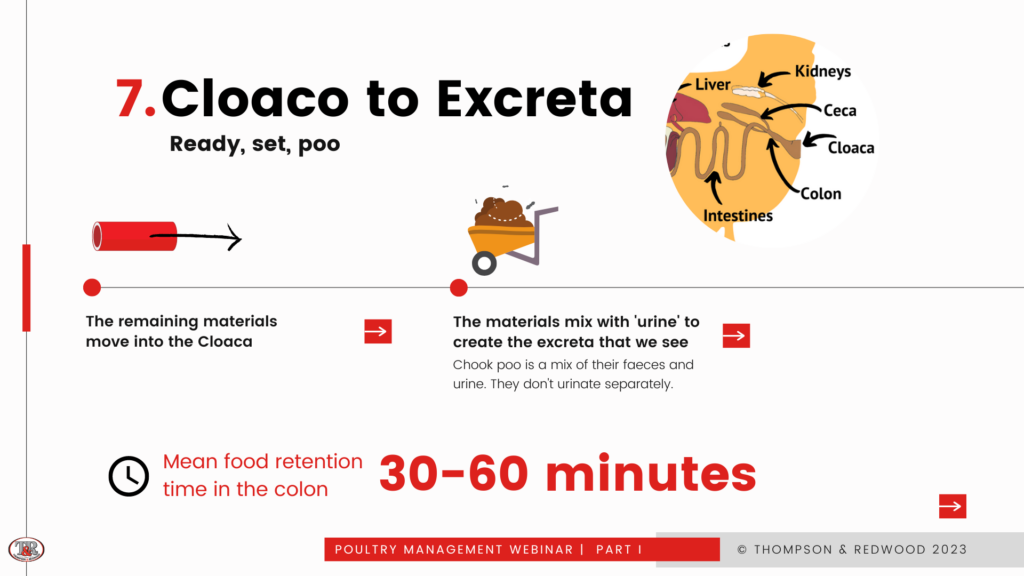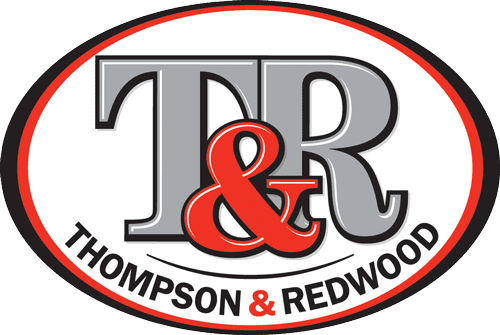
01 Aug How do chickens digest their feed?
There’s nothing like seeing our chooks, pecking away happily at their feed, scratching through their favourite seeds and grains or foraging around in the yard looking for bugs and tasty morsels. But what happens beyond the beak? Chickens don’t have teeth, so how can they take that food and digest it? In this blog we’ll be covering some key points about the poultry digestive systems, and how chickens digest their feed.
Super simple. Super efficient.
The digestive system in domestic chickens is SUPER SIMPLE but SUPER EFFICIENT. Chickens have simple digestive systems because the simpler, lighter and more efficient it was, the more easily they could fly, and hence survive!
This structural simplicity means that chickens must have a high quality and easily digestible diet to function.
Chickens are monogastric animals:
A monogastric animal has one simple stomach, which digests food by secreting acid to break down feed materials. Monogastric animals like chickens are highly adapted to eating a ration high in concentrates.
Concentrates are highly digestible feedstuffs i.e., cereal grains and oil meals. Concentrates are high in energy and low in fibre. Chickens are better adapted to digesting starch & cellulose than fibre.
Chickens have a very high metabolic rate
The phases of poultry digestion
The digestive process for poultry can be divided into 7 main phases:
- Ingestion to crop
- Proventriculus
- Gizzard
- Small Intestine
- Ceca
- Large Intestine
- Cloaca to Excreta
1. Ingestion to crop
Once the bird has eaten the feed, it mixes with saliva and digestive enzymes then travels down the oesophagus to the crop.
What is a chicken’s crop and what does it do?
The crop is an expandable section that acts as a reservoir for the storage of food prior to digestion. Not much digestion occurs here, their feed starts to soften ready to be digested.
Storing feed in the crop means that even if the stomach (proventriculus and gizzard) is full, the bird can ingest more food and store it until ready. This gives it a supply of laying feed ready to released to the digestive system throughout the day.

2. Proventriculus
Once food leaves the crop, it is pushed to the proventriculus, sometimes called the ‘true stomach’ because of its acidic environment and role in chemical digestion.

3. Gizzard
The gizzard is where mechanical digestion occurs – mechanical digestion is where the food is broken down into smaller particles by muscle contractions that grind it against grit and stones that the bird will have ingested.
The gizzard is why chickens don’t need teeth!

4. small intestine
Once the feed has been broken down it moves from the gizzard into the small intestine for absorption.
What is absorption?
Absorption is where the molecules and substances that feed has been digested into can be absorbed across membranes and into the bloodstream. Here they can be transported around the body and utilised.

5. Ceca
Before the food moves into the large intestine, it passes through the Ceca, where additional bacterial fermentation can occur.

6. Large intestine
Also known as the colon, the large intestine’s primary function is to absorb water, drying out undigested materials.

7. Cloaca to excreta
Ready, set, poo! Any remaining materials move to the cloaca, which is where the digestive, urinary and reproductive systems meet. It’s the common space where all the waste meets, and where the waste mixes with ‘urine to create the excreta or ‘poo’ that comes out.
Did you know that chook poo is actually a mix of faeces and urine?

Some Frequently asked questions about chicken digestion:
How do chickens chew their food without teeth?
The main reason we chew our food is to break it down into smaller particles that are easier to digest. While we do that by grinding it with our teeth in our mouth, chickens ‘chew’ their food in their gizzard. The gizzard uses muscle contractions to grind the food against stones and grit that the bird ingests – a bit like a natural mortar and pestle.
Why do chickens only poo, and not urinate?
Actually, chickens do ‘wee’, but not as we see it in other animals. Their ‘urine’ is how their body gets rid of urea, and it mixes with their faeces in the cloaca to be excreted together.
Chicken poo is a very rich source of nutrients for your garden! But it is highly concentrated when it is fresh and needs to be cured/aged or composted before adding to the garden.
high quality feeds for your birds...
At Thompson & Redwood, we understand birds, and work with a team of poultry vets and nutritionists to design feeds that suit their digestive systems and offer them the nutrients they need to thrive.
Each of our poultry feeds now includes Diamond V XPC Ultra postbiotics to support digestive health and function in birds.
> Read more about the benefits of postbiotics for poultry here.




No Comments